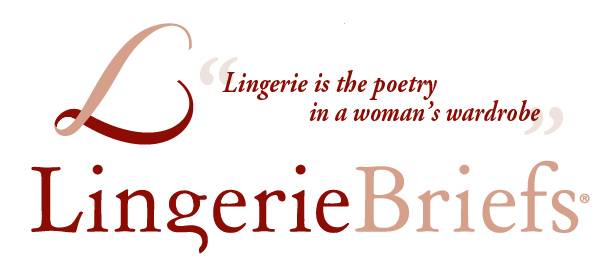Trick Of The Fit
By Ali Cudby
Customers In The Fitting Room

If only fitting lingerie was as simple as having a single bra size. Yes, I can hear the chuckles from the fitting community. We all know better. Bra sizes vary from brand to brand, and even within a brand from bra to bra. I was prepping the fitting room troubleshooting module for my bra fit training program, FabFit Academy, which got me thinking about customers’ conceptions – and misconceptions – about bras.
I asked a Facebook community of lingerie retailers and fitters some of the troubleshooting they do with customers in the dressing room.
The majority of the challenges stem from their basic misunderstanding of bands – how they fit, where they should sit, and what to do about the measuring tape.
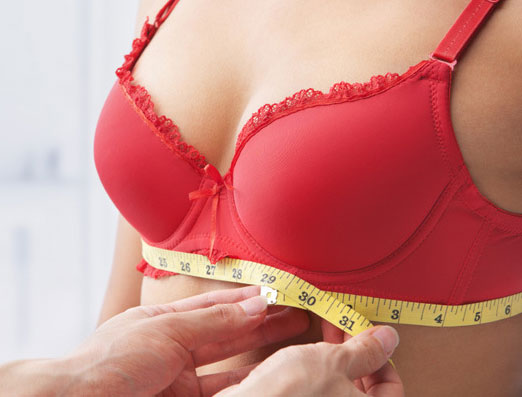
Alison Campbell, owner of bespoke corset company Crikey Aphrodite and department store fitter out of the UK, shares that customers are “certain that the band is too tight on their own bra because it’s actually so big it’s way too high on the broader part of their back. Of course their band is too tight because they’re wearing 4 cup sizes too small.”
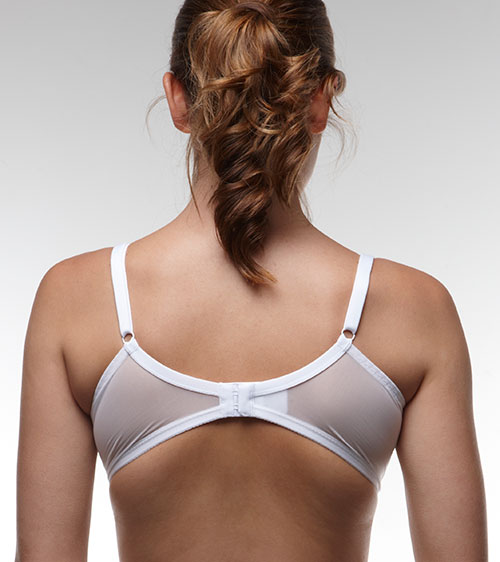
This cuts to the heart of a few fit issues – let’s break them down.
We all know that band and cup size are interrelated, but many customers don’t. I’m always amazed when I get emails from women who are frustrated because their band is too big, but when they go down a band size the cups “suddenly” get too small. If only the average shopper understood that one critical fit detail!
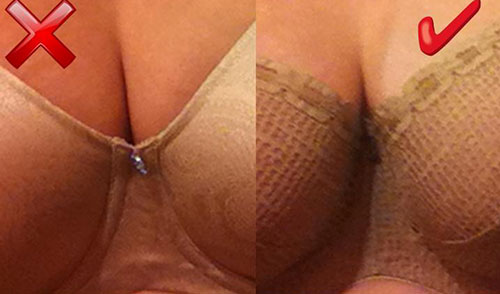
One of the biggest issues facing fitters is trying to explain why there can be so much discrepancy in size from brand to brand. But even within the fitting community there’s confusion about how to account for band size.
Amongst the folks who contributed to the conversation for this article, the plus-zero, plus-2 and plus-4 approaches to determining band size were all discussed. In reality, some brands simply design to different fit standards. Katie Thomas of What Katie Did sums it all up, in that “different brands use different sizing methods. Neither one is right or wrong and it should be accepted that they exist.” I wholeheartedly agree, yet there are folks even within the fit world who have strong opinions about using one methodology over the other. The issue I see with sticking to one is that you end up focusing on a fitting approach that may not apply to a particular bra – which can leave women in a band that’s either too loose or too tight.
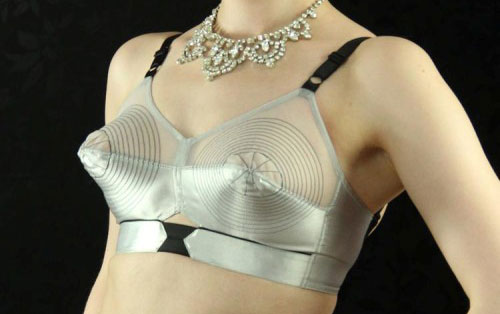
Kat Migliore, owner of Luxury boutique in Duck, North Carolina, also shares that, “women still think the straps are supporting them,” when really the opposite is true, and 80-90% of the support in a bra should come from the band, which leaves little for the straps.
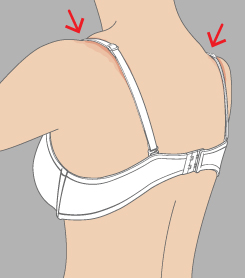
So I ask you, dear readers: How do you resolve these fit challenges when they come up in your stores? These fit issues are relevant for all of the retailers and fitters who read this column and will benefit from your thoughts.
Join the conversation, comment
